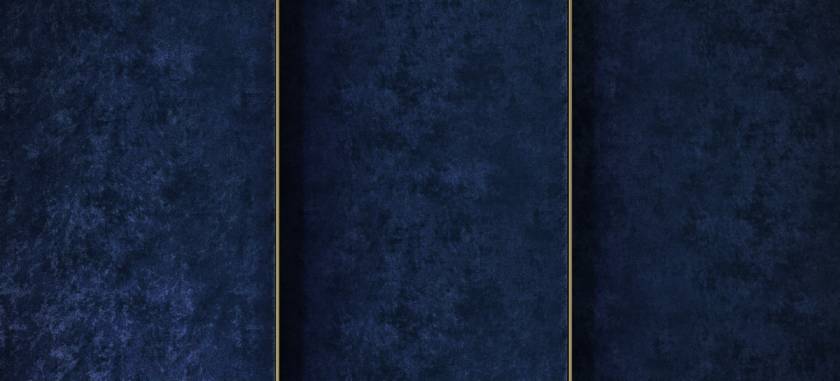Velvet: Origin, Uses, Types, Major Producers, Environmental Impact, Care Tips, and More!



| Fabric | Velvet |
| Types | Chiffon, Crushed, Hammered, Embossed and Lyon |
| Major Producer/Exporter | China, India, Italy |
| Used For | Upholstery, wall hangings, dresses, eveningwear, formal robes, dresses, bedding, hats, shoes and bags |
| Durability | High |
| Breathability | High |
Velvet or Velveteen is a unique fabric known for its softness and shimmer. Its distinctive softness comes from its unusual arrangement of the fibers. It is a type of woven tufted fabric in which the cut threads are evenly distributed with a short dense pile. Despite its modern variants, which are mostly synthetic and low cost, the pure unadulterated version remains the sleekest and softest fabric ever produced by humankind.

Traditionally, velvet was made from silk, though it can be made from other fabrics such as wool, cotton and even synthetic fibers. The silk variant is the most expensive one and has become rare owning to its high price.
The History and Origin of Velvet
The earliest use of velvet can be traced back to East Asia. The history of velvet is associated with the cultures of China, Egypt and Iraq. Asian Silk was already popular because of its quality, so it is likely that the same region came up with a unique production process for a more luxurious fabric.
The opening of the Silk Route paved the way for this fabric to be transported to Europe, and eventually Italy became a bustling center for the velvet industry. In Europe, velvet production proved to be quite expensive as it used to be a labor intensive process but after the Industrial Revolution, mechanical looms were invented which simplified the production process.
Perks of using velvet for clothes

The soft texture and elegant appearance of the fabric makes it a top choice for party apparels. It is resistant to alkalis, chemicals and molds and is extremely comfortable to wear. It has a medium range of elasticity which makes it easy to manipulate while manufacturing a dress. The fabric is not easy to deform or wrinkle and retains its shape since it is not prone or shrinkage. The high fiber strength makes velvet durable and it is resistant to water.
Caring for Velvet
Delicate handling is required for cleaning of the fabric. Velvets made from silk should only be dry cleaned. Ironing velvet is risky and can damage the fabric structure permanently. Gentle steaming is advisable.
Uses of Velvet
Velvet is used in upholstery, wall hangings, dresses, eveningwear, bath robes, dresses, bedding, hats, and multiple other products. Shoes and Bags also use this fabric for authentic designs. Velvet feels good against the skin which is why it experiences high demand as furniture upholstery. Rooms with velvet curtains and sheets also offer a unique visual appeal.
Types of Velvet
Chiffon velvet is the transparent kind, which is often used for formal or evening wears. Crushed velvet is the distinctive form of velvet that comes with a 'rise and fall texture' that is visually enchanting. Embossed velvet has embossed sections on the surface that can be felt and seen. Hammered velvet is the most lustrous kind of velvet with a surface that has been hammered into dappled spread. Lyon velvet is denser and is regarded as the most luxurious material for an outwear.
Launching a velvet clothing collection
Fall and winter are the most suitable seasons for launching velvet clothes. It has a medium level of heat retention which makes the fabric a suitable wear during winter evenings. A growing trend of wearing light velvets has been recorded among consumers during the months of spring.
Velvet Producing Countries
Since velvet is not a fabric itself but a woven fabric, its production depends on the kind of fabric used to produce velvets. China produces a large amount of velvet, a percentage of which is synthetic. A lot of silk based velvet is produced in India. Italy happens to be one of the leading exporters of velvet.
Environmental Impact

The impact on the environment depends on the kind of fabric velvets are made from. Silk being biodegradable and organic is surely the eco-friendly option. Use of rayon or other synthetic fabrics, which make use of chemicals, would definitely have a toxic impact on the environment.
Velvets made from silk can gain their certification from Silk Mark, The Global Organic Textile Standard, and The World Fair Trade Organisation Guarantee System. The Global Recycled Standar (GRS) certifies synthetic textiles if they are convinced of the recycleable nature of the product.



















